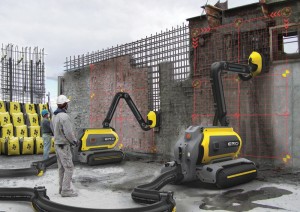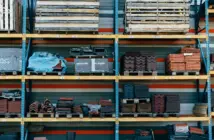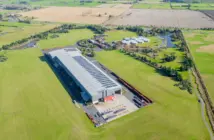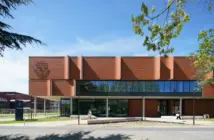The potential efficiencies of new technology could lead to further growth for New Zealand’s booming construction sector, Chapman Tripp Partner Brian Clayton believes
Last year a 57-storey building in China took only 19 days to complete thanks to Artificial Intelligence (AI) – computer systems that perform tasks traditionally performed by people.
The impact of AI is likely to be pervasive and span sectors and industries. Chapman Tripp and the Institute of Directors recently released a white paper calling on government to take the lead in addressing opportunities, risks and challenges presented by AI.
In fact, experts surveyed for the study, Future Progress in Artificial Intelligence, said there is a 50 per cent chance AI will exceed the general intelligence of a human in the next 24 years, rising to a 90 per cent chance within 60 years.
While we are still in the early stages, innovation is garnering speed and we are already seeing significant technological advancement in New Zealand. AI is likely to drive highly disrupted change not just to our sector, but to our economy, society and institutions.
But what do AI systems mean for the construction industry specifically?
Increased efficiency
These technologies have the ability to hugely increase the efficiency of significant construction and infrastructure projects – and they already are.
Drones are being use to conduct inspections, required on construction sites, traditionally carried out by people.
They are being used to make 3D maps and blueprints, and can do this with far greater efficiency than their human counterparts. Processes that once took weeks can now be completed in only a matter of days.
More and more projects are becoming paperless, with construction workers, architects and other parties working from – and sharing plans and blueprints on – devices.
Developers are drawing on autonomous technologies in order to develop the most efficient air-conditioning systems.
“Smart buildings” boast intelligent systems capable of recognising occupants’ temperature and lighting patterns to optimise energy consumption.
Autonomous robots are also being developed further to increase efficiency in the sector and they are becoming increasingly common on construction sites.
Repetitive jobs are most at risk of being displaced by technology, and we can expect to start to see AI used more and more for jobs such as demolition, welding, concreting and bricklaying.
The ATMA (Autonomous TMA Truck) is a vehicle capable of following a lead vehicle completely unmanned.
In the context of road construction, the autonomous vehicle is used to protect construction workers navigating through temporary road works.
In New Zealand, the Ministry of Transport and NZ Transport Agency have started reviewing legislation to examine liability risks associated with autonomous vehicles – so it’s not far-fetched to expect to soon see autonomous vehicles on large construction or infrastructure projects.
In the near future
We can expect the construction process will undergo significant change in the immediate future, attributable to – in part – autonomous technologies.
Overall, we can expect to see safer construction sites and more efficient workflows leading to fewer errors and faster completion times.
Of particular relevance to New Zealand, AI could be hugely beneficial in preparing for and mitigating against possible earthquake damage.
With AI and remote sensing data it is possible to detect the level of building collapse following an earthquake, which means damage can quickly be assessed and aid deployed.
The key thing driving strong AI will be data – so large construction companies generating and recording significant amounts of data may end up having a competitive advantage over smaller companies.
Addressing legal and policy issues
From a legal perspective, AI presents questions around causation and agency. For instance, who is liable for the actions of an autonomous technology such as a driverless vehicle? The programmer, manufacturer, contractor or owner?
Employment and health and safety legislation will also need to be increasingly clearer about the responsibilities and liabilities of directors and organisations with the introduction of AI to the workplace.
Nevertheless, it’s an exciting time across all sectors – not just construction – and the public and private sectors need to work together in looking at how we can make use of opportunities the technology presents, and mitigate against risks.



